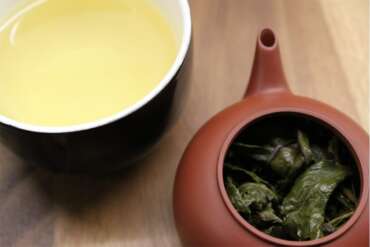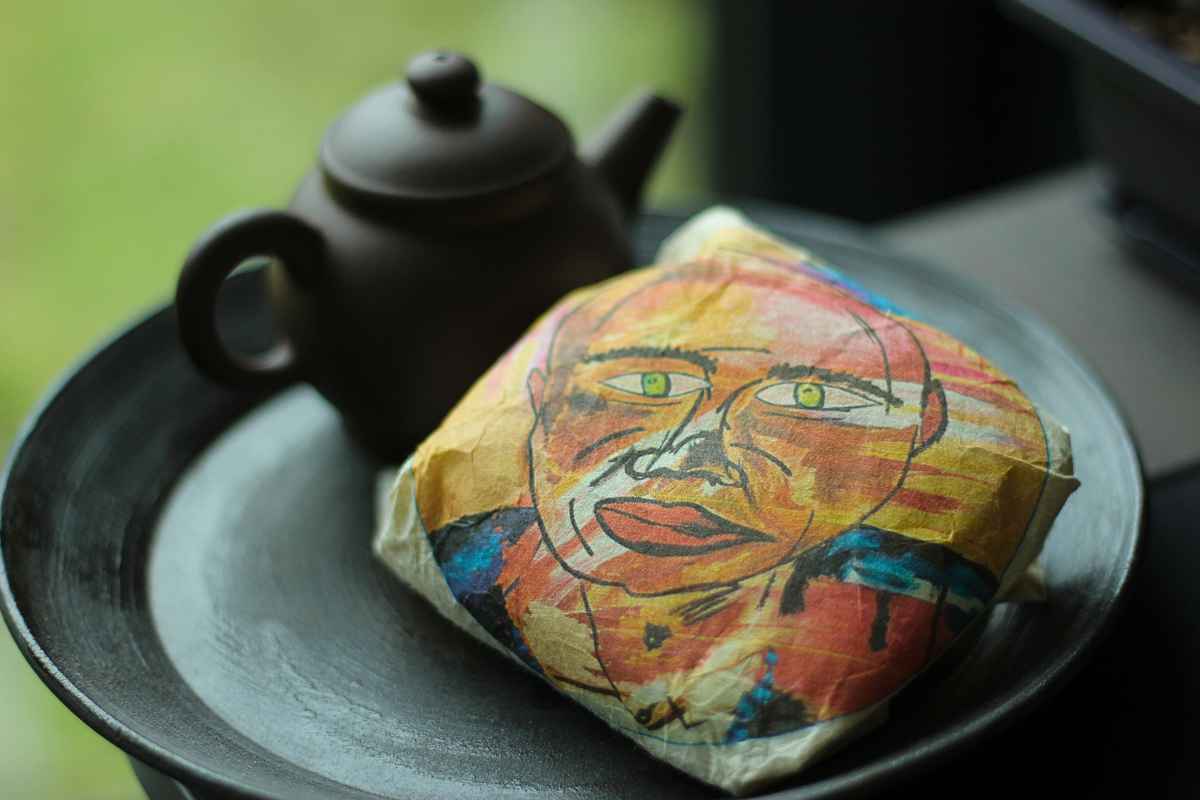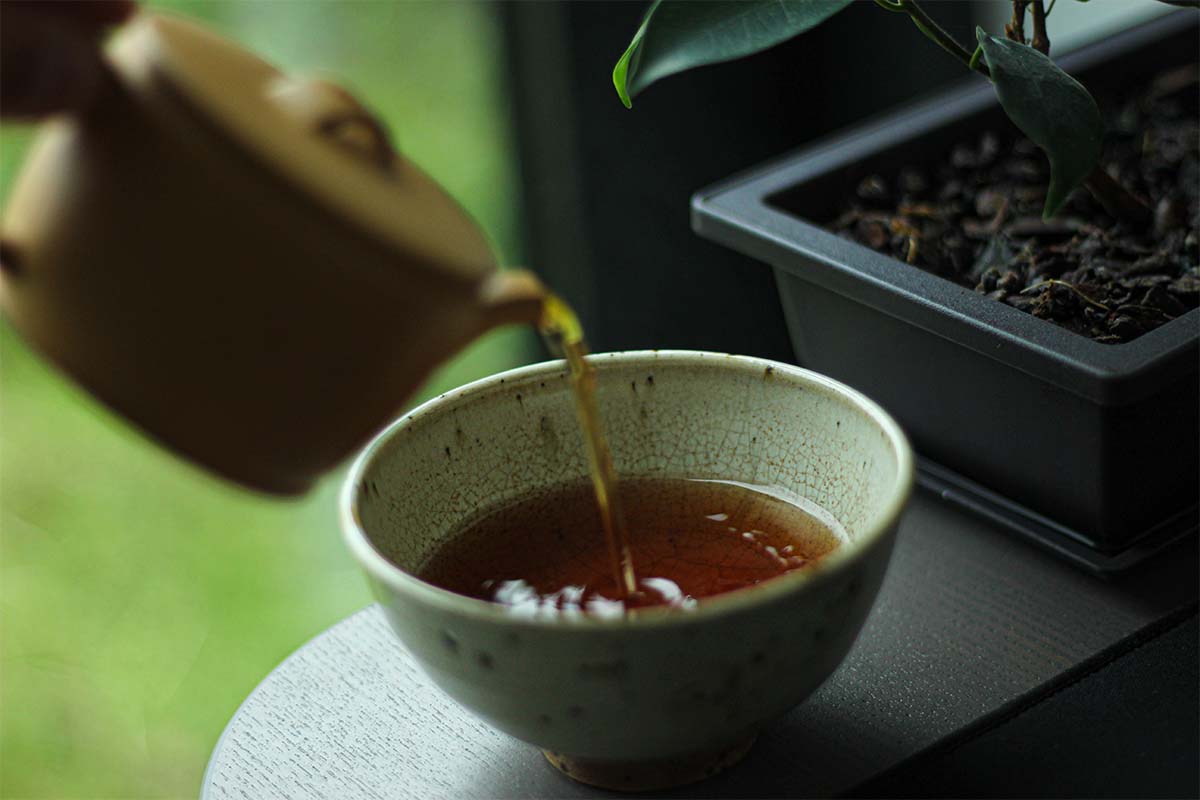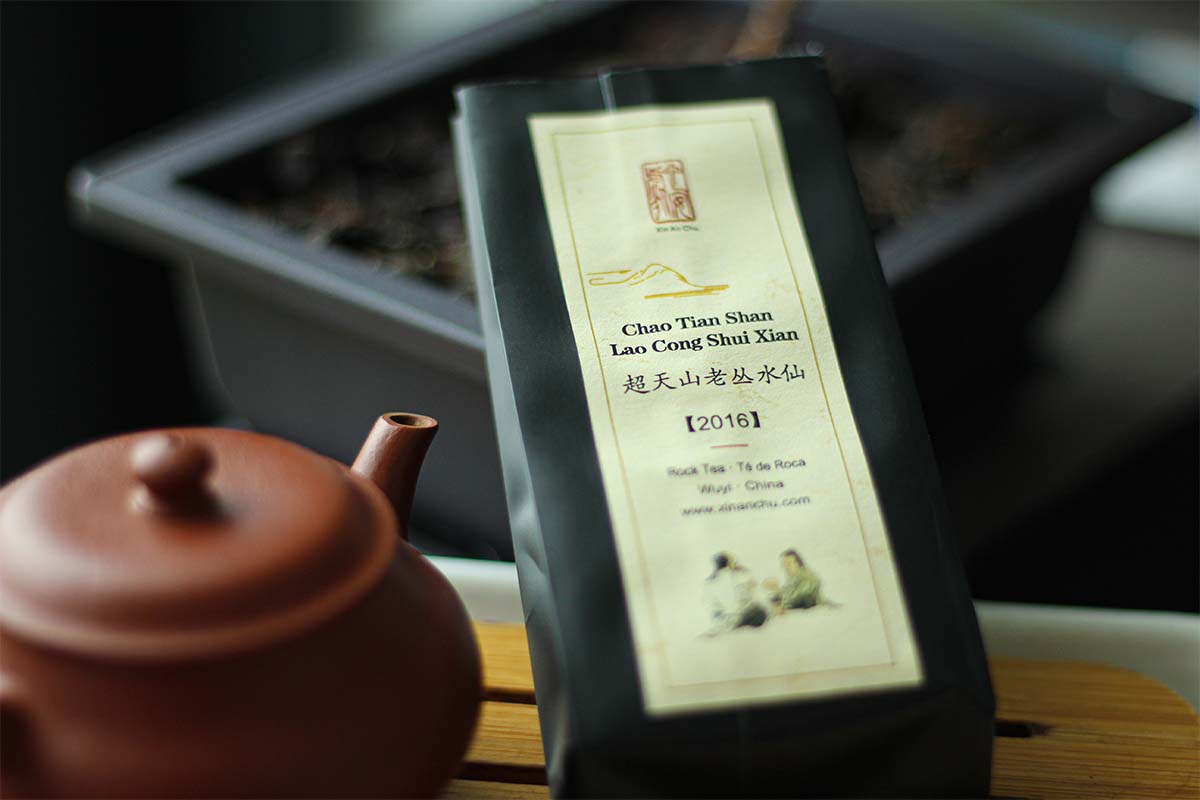During Spring break, I want to do a proper tasting session every day. You can read all about my plans and the other teas I tried this week in this post.
For the final session of Spring break I picked an oolong tea that I really like. I picked the Organic Milk Oolong from Curious Tea. I have tasted milk oolongs before and I really liked them so that is why I wanted to try the one Curious Tea sent me. I haven’t tried this one so I’m really curious how this one compares to other milk oolong teas. It has won a ‘Great Taste Award’ so it has to be good.
Organic Milk Oolong
The organic Milk Oolong is an oolong tea from Mingjian Township, which is located in Nantou County, Taiwan. It is made from the Jin Xuan cultivar (also called the ‘Golden Daylily’), which is the cultivar that is mainly used for milky oolong teas. Using this cultivar has some other benefits as well for the farmers: it produces a bigger harvest and the plants are more hardy. This implies that they can withstand harsher conditions. The difference between this tea and most other milk oolongs is that this one is not flavoured. A lot of milk oolongs are altered in order to produce the same kind of milky and creamy flavour. The big difference with unflavoured milk oolongs is that these can be drunk by people who are lactose intolerant. If lactose intolerant people drink a flavoured milk oolong, their body will react to the milk that is used during flavouring.

This is a beautiful map by Curious Tea. You can see Nantou County in the middle of Taiwan.
2016 Great Taste Award
In 2016, this tea received a 2-Star Great Taste Award. The judges said the following: “A good colour to the infusion, which has good brassica notes but is also reminiscent of coconut water and full cream milk – yet is clean and delicate in character.” (source) The fact that this tea has won this award shows that it is a premium quality tea.

The dry leaves are mainly green in colour and are ball shaped.

The wet leaves have unfurled and are not ball shaped anymore. The colour is a lighter green.
Tea tasting
Brewing details

- 90°C water
- 5g of leaves for a 100ml Chaozhou teapot
- 2 rinses
- 6 steeps
Smell dry leaves
Creamy notes and light almond nuts.
Smell wet leaves
Light notes of grass in combination with creamy flowers. Still some light almond nuts. This is a really complex smell.
I did two rinses for this tea because I felt that the first one was too short. The leaves were still closed so they could not release all of their flavour compounds.
Steeping
1st steep: very light floral notes and subtle creaminess. No real aftertaste. This is a subtle steep.
2nd steep: floral creaminess from the start. No noticeable aftertaste. A bit intenser than steep 1 but not as intense as I usually like it.
3rd steep: light floral notes but it’s a bit more milky now and not creamy anymore. It’s a slight nuance but there is a difference in taste.
4th steep: very light floral notes and a bit of milk. The aftertaste is floral now. It starts to get a bit astringent as well.
5th steep: subtle floral notes. No milk but more creaminess again. Pleasant but subtle steep.
6th steep: light floral notes and subtle milky flavours.

1st steep

2nd steep

3rd steep

4th steep

5th steep

6th steep
Conclusion
The flavours were tasty but they were a bit soft for me. I really enjoyed this tea but expected a tiny bit more. I think I didn’t use too little leaf because I almost always use this amount when brewing an oolong tea in this teapot. Don’t get me wrong; the flavours (creaminess, milk and floral notes) were delicious but I like them a bit stronger.
Do you want to buy this subtle but delicious tea? Visit Curious Tea’s store via this link.




